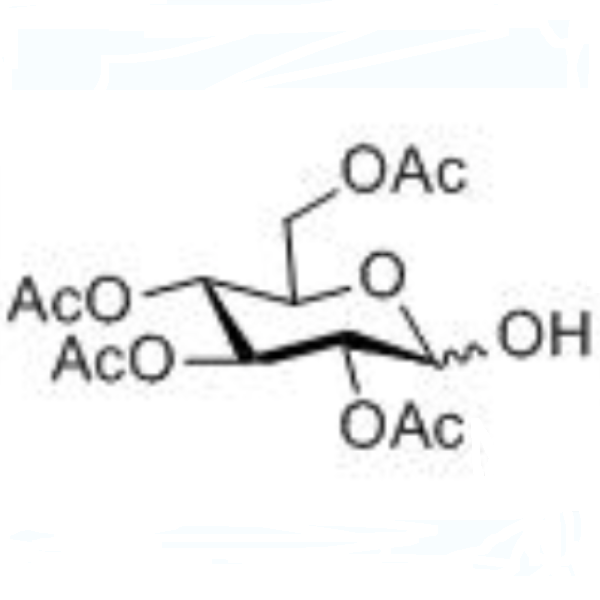2,3,4,6-Tetra-O-Acetyl-Beta-D-Glucopyranose CAS 3947-62-4 Assay >98.0% (HPLC)
Shanghai Ruifu Chemical Co., Ltd. is the leading manufacturer of 2,3,4,6-Tetra-O-Acetyl-Beta-D-Glucopyranose (CAS: 3947-62-4) with high quality. Ruifu Chemical has 15 years experience in carbohydrate chemistry. Our R&D center is located in Shanghai and has two factories in China. Ruifu Chemical can provide worldwide delivery, competitive price, excellent service, small and bulk quantities available. Please contact: alvin@ruifuchem.com
| Chemical Name | 2,3,4,6-Tetra-O-Acetyl-Beta-D-Glucopyranose |
| Synonyms | 2,3,4,6-Tetra-O-Acetyl-β-D-Glucopyranose; 2,3,4,6-Tetra-O-Acetyl-Beta-D-Glucose; [(2R,3R,4S,5R,6R)-3,4,5-Triacetyloxy-6-Hydroxyoxan-2-yl]methyl Acetate |
| Stock Status | In Stock |
| CAS Number | 3947-62-4 |
| Molecular Formula | C14H20O10 |
| Molecular Weight | 348.3 g/mol |
| Melting Point | 120.0~125.0℃ |
| Density | 1.33±0.10 g/cm3 |
| Storage Temp. | Store Long-Term in a Cool & Dry Place (2~8℃) |
| COA & MSDS | Available |
| Origin of Product | Shanghai, China |
| Product Categories |
Carbohydrates Derivative |
| Brand | Ruifu Chemical |
| Items | Specifications | Results |
| Appearance | White Crystalline Powder | White Crystalline Powder |
| Solubility | Readily Soluble in CHC3 and Insoluble in Water | Positive |
| NMR and MS | Should Comply | Complies |
| Identification | IR and TLC | Positive |
| Melting Point | 120.0~125.0℃ | 122.0~124.0℃ |
| Specific Rotation [α]20/D | +30.0° ~ +32.0° (C=1, in CHC3) | +31.4° |
| Loss on Drying | <0.50% | Complies |
| Residue on Ignition | <0.50% | Complies |
| TLC | One Spot | One Spot |
| Assay / Analysis Method | >98.0% (HPLC) | 98.5% |
| Conclusion | The product has been tested and complies with the given specifications | |
Package: Bottle, Aluminium foil bag, 25kg/Cardboard Drum, or according to customer's requirement.
Storage Condition: Keep the container tightly closed and store in a cool, dry (2~8℃), well-ventilated warehouse away from incompatible substances. Keep away from sunshine; avoid fire and heat sources; avoid moisture.
Shipping: Deliver to worldwide by air, by FedEx / DHL Express. Provide fast and reliable delivery.
How to Purchase? Please contact Dr. Alvin Huang: sales@ruifuchem.com or alvin@ruifuchem.com
15 Years Experience? We have more than 15 years of experience in the manufacture and export of a wide range of high quality pharmaceutical intermediates or fine chemicals.
Main Markets? Sell to domestic market, North America, Europe, India, Korea, Japanese, Australia, etc.
Advantages? Superior quality, affordable price, professional services and technical support, fast delivery.
Quality Assurance? Strict quality control system. Professional equipment for analysis include NMR, LC-MS, GC, HPLC, ICP-MS, UV, IR, OR, K.F, ROI, LOD, MP, Clarity, Solubility, Microbial limit test, etc.
Samples? Most products provide free samples for quality evaluation, shipping cost should be paid by customers.
Factory Audit? Factory audit welcome. Please make an appointment in advance.
MOQ? No MOQ. Small order is acceptable.
Delivery Time? If within stock, three days delivery guaranteed.
Transportation? By Express (FedEx, DHL), by Air, by Sea.
Documents? After sales service: COA, MOA, ROS, MSDS, etc. can be provided.
Custom Synthesis? Can provide custom synthesis services to best fit your research needs.
Payment Terms? Proforma invoice will be sent first after confirmation of order, enclosed our bank information. Payment by T/T (Telex Transfer), PayPal, Western Union, etc.
2,3,4,6-Tetra-O-Acetyl-Beta-D-Glucopyranose (CAS: 3947-62-4) is a synthetic glucose derivative. It is obtained by the acetylation of glucose at the 2,3,4, and 6 positions. It has potential implications in various fields of research and industry, including:
1. Organic chemistry: Can be commonly used in organic chemistry as a protecting group for the hydroxyl groups of carbohydrates.
2. Biotechnology: Can be used in the development of new drugs, biomaterials, and drug delivery systems due to its unique chemical and biological properties.
3. Food industry: Can be used as a food additive for its antioxidant properties.
4. Pharmaceutical industry: Has potential applications in the development of new antibiotics and anticancer agents.
5. Agricultural industry: Can be used as a plant growth regulator to enhance crop yield.
6. It is also used in the synthesis of various organic compounds such as nucleosides, glycosides, and oligosaccharides.
7. In addition, it has been used to study the effects of glucose on the immune system and the development of diabetes.
-
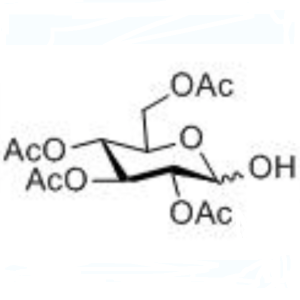
2,3,4,6-Tetra-O-Acetyl-Beta-D-Glucopyranose CAS...
-
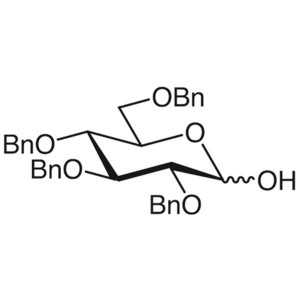
2,3,4,6-Tetra-O-Benzyl-D-Glucopyranose CAS 4132...
-
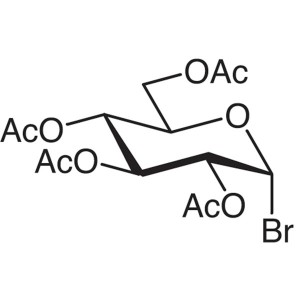
Acetobromo-α-D-Glucose CAS 572-09-8 Purity >99....
-
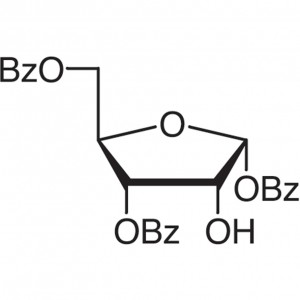
1,3,5-Tri-O-benzoyl-D-Ribofuranose CAS 22224-41...
-
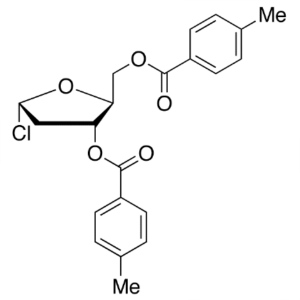
1-Chloro-2-Deoxy-3,5-Di-O-Toluoyl-L-Ribofuranos...
-
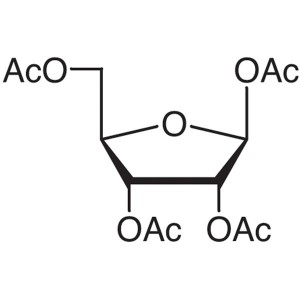
β-D-Ribofuranose 1,2,3,5-Tetraacetate CAS 13035...
-
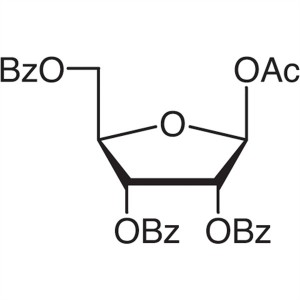
β-D-Ribofuranose 1-Acetate 2,3,5-Tribenzoate CA...
-
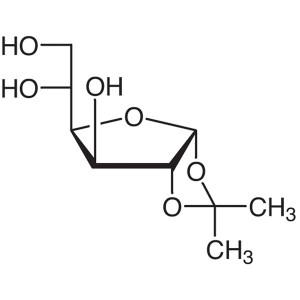
1,2-O-Isopropylidene-α-D-Glucofuranose CAS 1854...
-
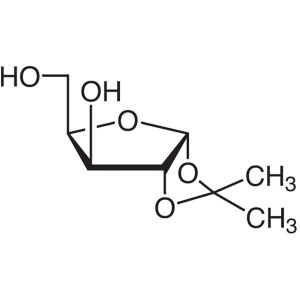
1,2-O-Isopropylidene-α-D-Xylofuranose CAS 20031...
-
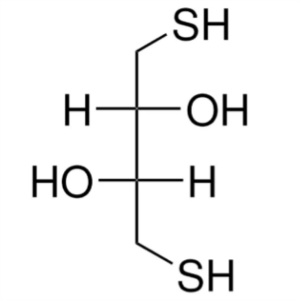
DL-Dithiothreitol (DTT) CAS 3483-12-3 Assay >98...
-
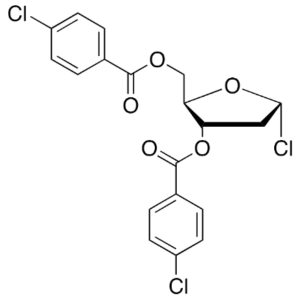
1-Chloro-3,5-Di-(4-Chlorobenzoyl)-2-Deoxy-D-Rib...
-
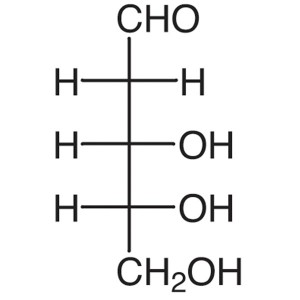
2-Deoxy-D-Ribose CAS 533-67-5 Assay >98.0% (HPL...
-
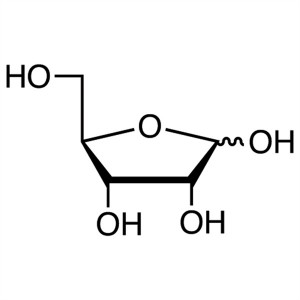
D-(-)-Ribose CAS 50-69-1 Assay 97.0~102.0% Fact...
-
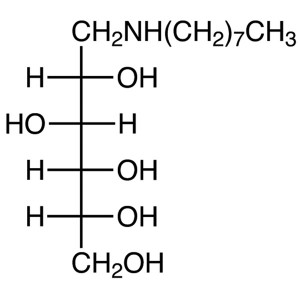
N-Octyl-D-Glucamine CAS 23323-37-7 Purity >98.0...
-
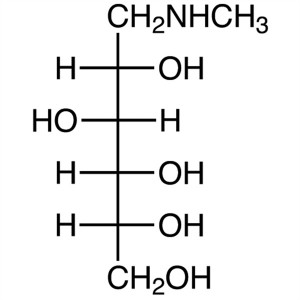
N-Methyl-D-Glucamine (Meglumine) CAS 6284-40-8 ...
-
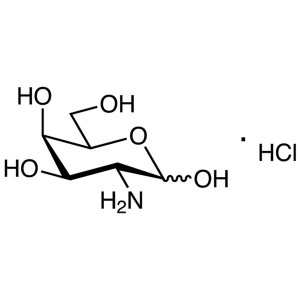
D-(+)-Galactosamine Hydrochloride CAS 1772-03-8...

